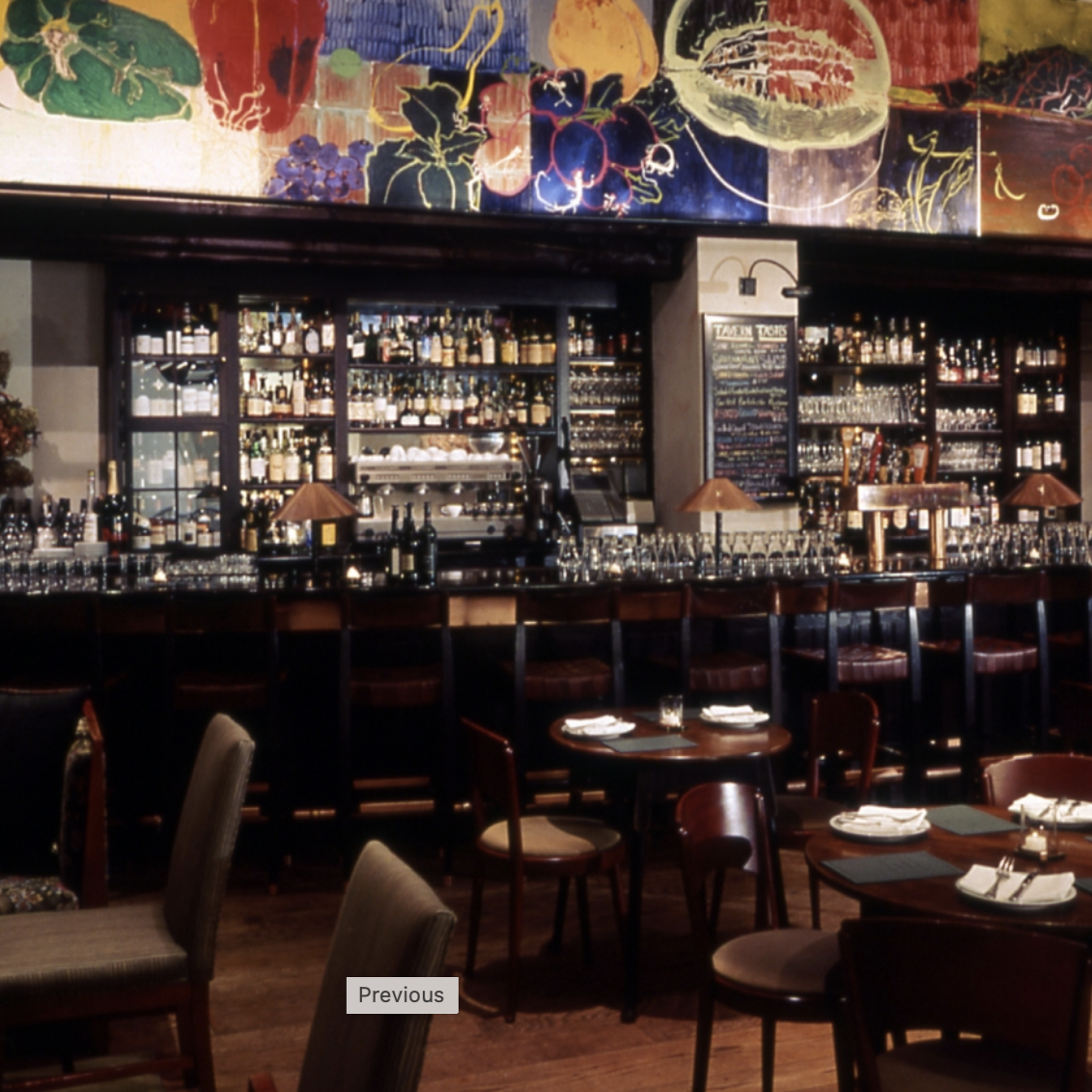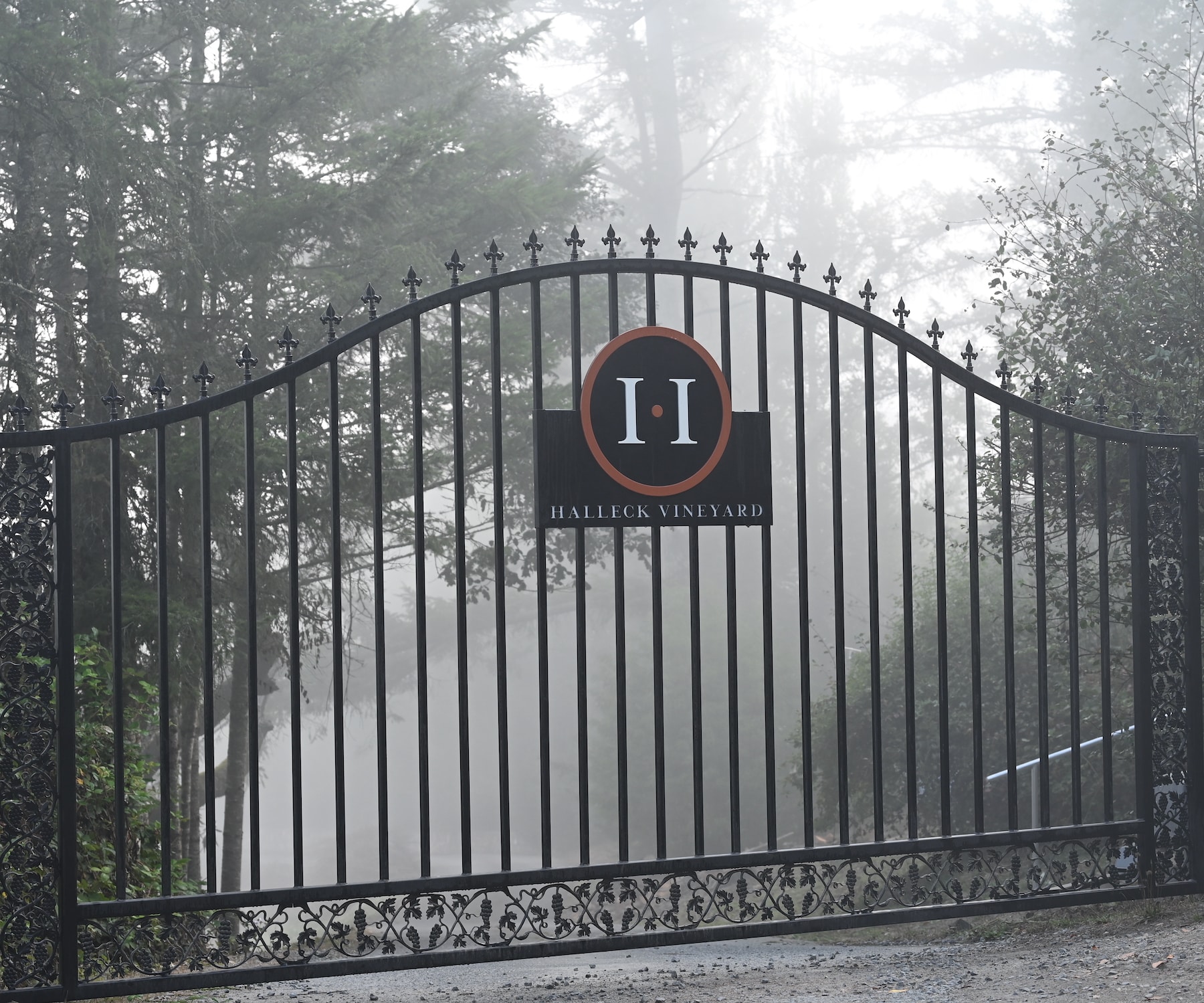Beautiful Picnic Areas At Sonoma Wineries - Top Sonoma Wine Tasting Destinations
Beautiful Picnic Areas At Sonoma Wineries - Top Sonoma Wine Tasting Destinations
Blog Article
Wineries Known For Their Beautiful Gardens - Sonoma Wine Tasting Adventures
Wine tasting is an art that combines sensory experience with an appreciation for the nuances of different varietals. How to gauge flavors in winery wine tasting sessions is pivotal to grasping the complexities of wine.
Participating in a wine tasting includes more than merely sipping and savoring. It requires a focused method to establish aromas and flavors that every wine presents. As you begin, observe the wine's appearance, noting its colour and clarity. These visible cues usually suggest a wine’s age, grape variety, and even potential flavor profiles.
The subsequent step in the tasting course of is to swirl the wine in your glass. This action releases fragrant compounds which are very important for evaluation. Lean in and take a moment to inhale deeply; the aromas can vary from floral and fruity to spicy and earthy. The nostril of the wine is simply as essential because the palate, and recognizing scents performs a big function in understanding the general experience.
When taking your first sip, permit the wine to maneuver throughout your palate - Family-Oriented Wine Tasting Venues In Sebastopol. Notice the initial flavors that current themselves. Is the wine fruity, floral, or maybe herbaceous? This preliminary taste gives perception into what the wine is more probably to express as you proceed to judge it. The mouthfeel also contributes to the general flavor experience; it can be silky, tannic, and even effervescent.
Wineries Known For Their Hospitality - Vineyard Tasting Events In Sonoma County
As you continue tasting, pay consideration to the wine’s stability. A well-balanced wine will harmonize acidity, sweetness, and tannins. If one part overwhelms the others, it'd indicate a less desirable quality. Evaluating steadiness might help you determine how nicely the wine may pair with food.
Transitioning to the end, think about how the flavors evolve as the wine lingers in your palate. A lengthy, nice finish can indicate a high-quality wine, whereas a short or abrupt end may recommend in any other case. Reflect on whether the flavors remain consistent or if new notes emerge because the wine settles. This development can reveal complexities and intricacies that might not have been obvious in the initial tasting.
Temperature is also an important factor in evaluating wine flavors. Different kinds of wine are optimally loved at particular temperatures. White wines often shine when chilled, whereas red wines generally carry out best at room temperature. When tasting, make sure the wine is at the acceptable temperature to totally respect its character.
Best Wineries For Wine Tasting In Sonoma - Best Wineries In Sonoma For A Wine Experience
Pairing food with wine can greatly enhance the tasting experience. Meals can influence the notion of flavors in wine, either highlighting certain traits or diminishing them. When evaluating flavors, consider how the wine interacts with completely different meals, noticing which flavors are amplified or muted (Wineries With Unique Gamay Wines).
Consider the influence of terroir as you engage in a winery tasting. Terroir encompasses the unique environmental components that have an result on grape growing, together with soil composition, local weather, and geography. Understanding a wine's terroir can provide insight into its flavors and aromas, fostering a deeper appreciation for the choices made throughout its cultivation and production.
Education plays a fundamental role in enhancing one's capability to gauge wine flavors. Studying about grape varieties, wine regions, and production methods can pave the finest way for more knowledgeable judgments during tastings. Moreover, attending workshops or classes can refine sensory skills and increase your flavor vocabulary, enabling you to articulate tasting notes extra successfully.
Finally, it is important to keep in mind that evaluating wine flavors is a highly personal experience. Individual preferences and perceptions will invariably form one’s tasting journey. Enjoyment should be at the forefront, with the analysis course of appearing as a tool to enhance understanding and appreciation quite than create rigid guidelines.
Family-Friendly Wineries Near Sebastopol - Top-Rated Wineries In Sebastopol
In conclusion, mastering the means to evaluate flavors in winery wine tasting classes entails a combination of sensory engagement, data, and practice. By learning to identify aromas, assess the steadiness, and appreciate the intricacies of flavor, wine enthusiasts can deepen their connection to each bottle they encounter. As with any art kind, the extra one immerses themselves within the experience, the extra they'll discover and enjoy the huge world of wine.
- Start by observing the wine's colour and clarity, as these visible parts can trace at its flavor profile and aging potential.
- Swirl the wine gently in your glass; this releases aromatic compounds, allowing you to better determine the advanced scents related to the wine.
- Take a deep inhale before tasting, focusing on both main and secondary aromas to collect insights on fruits, spices, and other nuances.
- When tasting, enable the wine to coat your palate; note the initial flavors, the mid-palate complexity, and the end as these phases can present different flavor highlights.
- Pay attention to texture and mouthfeel, as features similar to tannin levels, acidity, and sweetness contribute significantly to the general tasting experience.
- Evaluate flavors towards commonplace wine traits; for purple wines, consider berry notes, oak influence, and natural tones, while whites may embrace citrus, stone fruits, and floral hints.
- Take notes in the course of the tasting session to trace your impressions, helping you to recollect and consider the different wines sampled.
- Discuss your findings with fellow tasters or winery employees, as sharing insights can improve understanding and appreciation of individual flavors.
- Enable time for the wine to breathe; sometimes, flavors evolve and reveal new dimensions after being uncovered to air.
- Experiment with food pairings during the tasting as they will dramatically alter how flavors are perceived, influencing general enjoyment.undefinedWhat ought to I search for when evaluating the aroma of wine throughout a tasting?
Begin by swirling the wine in your glass to launch its aromas. Bring the glass to your nose and take a deep breath. Pay consideration to the first scents you detect, as these are sometimes the most distinguished. Look for fruit, floral, natural, or earthy notes and try to identify particular traits, which can deepen check your understanding of the wine's complexity.
Family Friendly Wineries With Outdoor Spaces - Sebastopol Vineyard Experiences

How can I distinguish between totally different flavor profiles in wine?
Perceive that flavor profiles are often categorized as fruit, floral, herbaceous, spicy, or mineral. Take small sips and allow the wine to coat your palate. Notice the first flavors that emerge first and the refined notes that comply with. This layering is crucial in distinguishing the wine's characteristics and can allow you to recognize its unique profile.
Wineries With Unique Gamay Wines - Sonoma Wine Tasting Spots
What is the importance of the wine's texture in a tasting?

The texture of the wine, also referred to as mouthfeel, plays a vital function in how we perceive flavors. Pay consideration as to whether the wine feels easy, creamy, or gritty. The physique of the wine (light, medium, or full) can improve or distinction with flavors, offering a more rounded experience throughout tasting.
How do I assess the balance of flavors in wine?
Balance in wine refers back to the concord between acidity, sweetness, tannin, and alcohol. Take a moment to evaluate whether or not these parts complement or intrude with each other. A well-balanced wine will have none of its components overpowering the others, creating a nice tasting experience.
Wineries With River Views - Top Wineries To Visit In Sebastopol
What role does temperature play in evaluating wine flavors?
Temperature can considerably impression the perception of flavors. Generally, red wines are greatest served barely beneath room temperature, whereas white wines take pleasure in being chilled. As the temperature modifications, the aromas and flavors can shift, allowing you to understand completely different traits. It’s important to taste wine at its optimum temperature for true analysis.
Wineries With Breathtaking Gardens In Sonoma - Sebastopol Wine Country
How can I enhance my tasting skills over time?
Practice is key to enhancing your tasting skills. Wineries With Picnic Areas. Attend tastings, maintain a journal of your experiences, and explore several varieties of wines to broaden your palate. Additionally, studying about wine manufacturing and grape varieties can present context that enhances your analysis course of, making you a extra informed taster.
Is there a particular order during which I ought to style the wines?
Wineries With Artisan Chocolate Pairings In Sonoma - Sonoma's Premier Wine Tasting Events
Yes, it’s advisable to style wines from light to full-bodied and dry to candy. This progression prevents the stronger flavors from overshadowing the extra delicate ones, allowing you to totally respect each wine's characteristics and nuances with out palate fatigue.
How can I consider the aftertaste of wine?
Sonoma's Top Sparkling Wine Producers - Exploring The Vineyards Of Sonoma
The aftertaste, or end, is an important facet of the wine-tasting experience. After swallowing, pay attention to how lengthy the flavors linger in your palate and whether they change. A lengthy, pleasant finish is additional reading often an indicator of a high-quality wine, while a short or disagreeable end might suggest in any other case.
Why is it important to note the wine’s acidity during tasting?
Acidity contributes to the overall freshness and construction of the wine. Pay consideration to the tingling sensation on your tongue; larger acidity can improve the wine's liveliness and balance out sweetness. Noting acidity helps decide the wine's versatility with food and its aging potential.
What should I do if I battle to establish specific flavors in wine?
Romantic Winery Destinations In Sebastopol - Exploring The Vineyards Of Sonoma
Struggling to determine flavors is common, particularly for newbies. Focus on broader categories and describe what you can acknowledge, similar to sweet or earthy notes. With practice, reading about different flavor profiles, and perhaps utilizing flavor wheels, you will refine your senses and develop a extra nuanced approach to tasting. Report this page